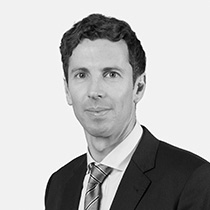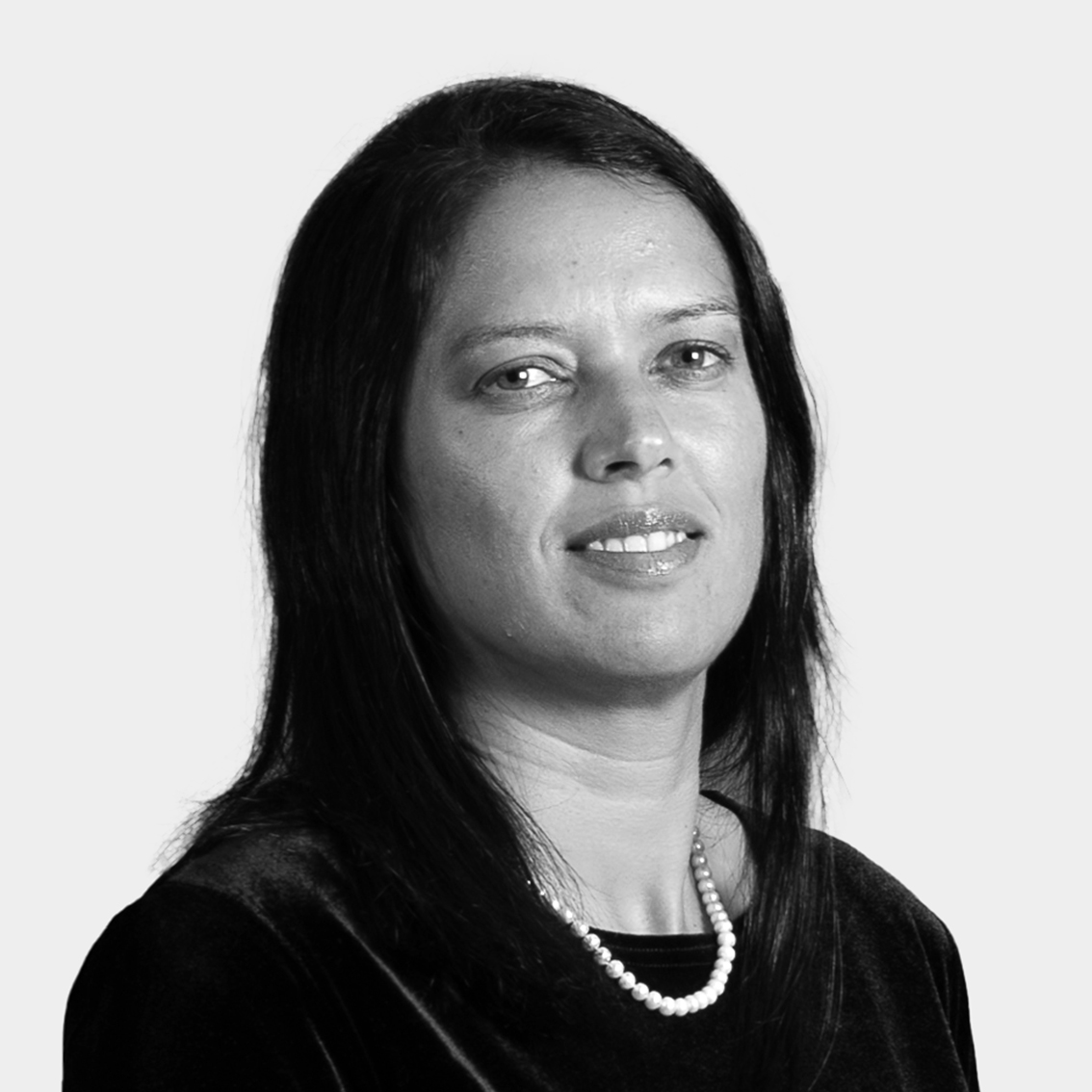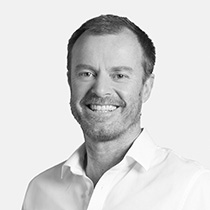Equity markets posted solid gains in the first quarter of 2021, returning 4.6%, and now sit well above pre-Covid-19 levels. While we don’t spend any time trying to predict short-term market moves, recent volatility (both up and down) and violent ‘factor rotations’ have whipsawed many investors and provided a real-life stress test of equity portfolios. For a team that strives for continual learning and acknowledges that there is always room for improvement, portfolio results, both recently and over more meaningful periods, show a strategy that is forging ahead and making solid progress.
For the quarter, Global Equity Select gained 6.2%, Global Managed gained 3.1% compared to 0.9% for its benchmark, and Global Capital Plus gained 1.2% compared to 0% for its benchmark.
The funds have held a position in Porsche for many years, during which time it has performed broadly in line with the market. In January, we revisited the investment case for Porsche, whose primary asset is a 53% holding in VW common stock. The key conclusions were:
a) VW is not as bad a business as the market would have you think. It was trading on seven times earnings, which is one third of the market multiple, despite growing its market cap four times in 20 years and earnings by 8% p.a. for over 10 years and delivering an expected return on capital employed of 10%-13%.
b) Porsche did not deserve to be trading at a further 35% discount to the value of its stake in VW.
c) Earnings are of a reasonable quality, with the business converting 70%-90% of earnings into free cash flow (FCF), implying that Porsche was trading north of a 20% FCF yield on a look-through basis.
d) The transition to electric vehicles is more of an opportunity than a threat to VW. The company ended 2020 with a battery electric vehicles market share of 11% already, which is rapidly growing and on track to exceed its 13%-14% share of traditional internal combustion engine vehicles.
e) Any form of sum of-the-parts analysis, which more accurately valued VW’s luxury brands (which include Lamborghini, Bugatti, Bentley and Porsche itself), showed that VW (and therefore Porsche) were massively undervalued.
f) The balance sheet is again solid, with year-end net cash coming in at €28 billion.
Our financial forecasts implied that the stock was worth double where it was trading and could generate an internal rate of return above 20% p.a. Very unusually, we didn’t have long to wait for some of this discount to narrow, as Porsche appreciated by c.60% over the rest of the quarter. It was a top contributor to fund returns.
Another contributor for the quarter and last 12 months was Schwab, the largest e-broker in the US, with $6.9 trillion in client assets ($4 trillion before the TD Ameritrade acquisition discussed below) in a market of $45 trillion retail assets. It provides brokerage, custodian, advice and asset management services. In 2019, Schwab earned about 60% of revenue from interest on client cash held on its balance sheet in high-quality assets, just under a third from fees on client assets invested in various asset classes and the remainder from commissions.
In late-2019, Schwab cut its trading commissions to zero, and the US e-brokers subsequently sold off, given the near-term impact on industry revenues. Soon after, Schwab made an offer to buy its largest competitor, TD Ameritrade.
In the first quarter of 2020, interest rates declined and markets plummeted, causing Schwab to drop over 35%. Our view was that the market was not discounting the propensity for clients to increase their cash balances during a market selloff (which would provide a buffer to the interest rate impact, as net interest income is dependent on both the cash balances and the rate), nor the likelihood of an increase in yields, and neither was sufficient value being ascribed to the synergies of the Ameritrade deal ($1.9 billion cost synergies on a base of $5.9 billion in revenue for Ameritrade in 2019, the ability to bring more of Ameritrade’s cash onto its balance sheet and the ability to cross-sell more of Schwab’s more comprehensive services to Ameritrade clients).
In hindsight, the commission fee cut was a masterstroke from Schwab, allowing it to acquire a competitor, TD Ameritrade, at a discounted price.
More recently, interest rates have started to increase and conviction around Schwab’s synergy delivery has increased. The stock has doubled from levels seen in April to September last year.
We have written about our cable holdings, Charter Communications and Altice USA, in previous commentaries. Both were detractors in the first quarter. However, both are top contributors over more meaningful time periods (three to five years). This is often how it goes for long-term investors: we believe it is highly unusual for stocks to go up in a straight line; periods of underperformance are almost inevitable in the hunt for long-term outperformance and an investment thesis is likely to be tested many times over a multi-year holding period.
Cable’s primary product, the provision of high-speed broadband internet in the US, took centre stage in 2020 as large parts of the population were forced to work, learn and entertain themselves at home and online virtually overnight. Both companies performed strongly, with Charter growing its internet subscriber base by 9% and Altice by 4% on a year-over-year basis.
Both stocks have since taken a breather due to several factors, none of which we are particularly concerned about. First, we acknowledge that there was likely some pull forward of subscriber growth into 2020 and that these results are unlikely to be repeated in 2021. Secondly, there has been increased noise from mobile operators launching 5G home broadband plans. And lastly, the Biden administration has made announcements relevant to cable.
Addressing the first point, we have a strong conviction that demand for high-speed internet will continue to increase as data consumption grows rapidly each year. This structural tailwind is supplemented in the nearer term by various stimulus measures that will directly assist lower-income households with their monthly broadband bills, and cable continues to be the internet provider of choice. Charter’s average broadband subscriber now consumes 700GB of data per month (on a per-home basis), and this continues to grow. Capacity-constrained mobile networks, where the average unlimited user consumes 10GB-15GB per month, are unable to compete, in our view. Lastly, Biden’s infrastructure plan should provide growth opportunities for cable in previously unserved rural areas, while we view the risk of price regulation as low. Higher US corporate tax rates are factored into our forecasts.
We find the valuations of our cable holdings extremely attractive in both relative and absolute terms, and we continue to expect strong growth in FCF over the coming years, based on healthy revenue growth, steadily expanding margins and capex declining to normalised levels. Both also have excellent, shareholder-friendly management teams, as evidenced by Altice repurchasing a massive 25% of shares outstanding over the course of 2020.
Portfolio positioning: Global Managed
At quarter-end the fund was positioned with just under 72% in growth, or risk, assets comprised of the following:
- 56% effective equity
- 5% in property
- 5% in infrastructure
- 5% in convertible instruments
- 4% in high-yield credit.
The remaining 28% of the Fund is invested in either more stable assets or diversifying assets, which we think have lower correlation to equities:
- 7% in commodities
- 2% in inflation-linked bonds
- 5% in hedged equity
- 14% in investment-grade fixed income (primarily 9% in short-dated Treasury bills and 3% in corporate credit).
Portfolio positioning: Global Capital Plus
At quarter-end, the Fund was positioned with 46% in growth, or risk, assets comprised of the following:
- 27% effective equity
- 5% in property
- 4% in infrastructure
- 5% in convertible instruments
- 5% in high-yield credit.
The remaining 54% of the Fund is invested in either more stable assets or diversifying assets, which we think have lower correlation to equities:
- 7% in commodities
- 2% in inflation-linked bonds
- 5% in absolute return/hedged equity positions
- 5% in investment-grade fixed income (primarily 16% in short-dated Treasury bills and 19% in investment-grade corporate credit).
As we wrote last quarter, we still see ample opportunities for stock pickers, and we continue to hold balanced portfolios of competitively advantaged businesses.
Thank you for your continued support and interest in the funds.+
 South Africa - Personal
South Africa - Personal




